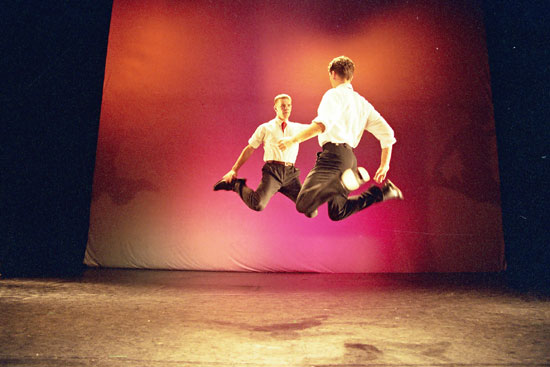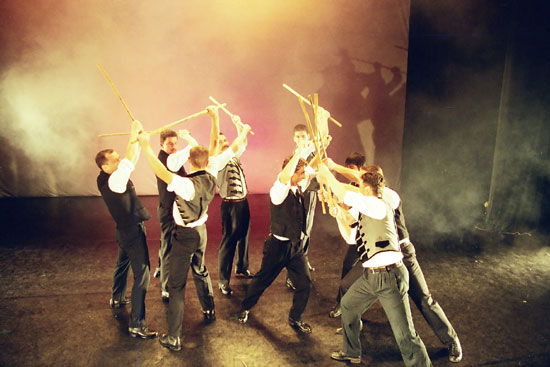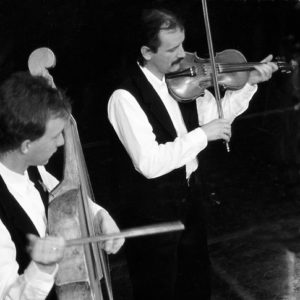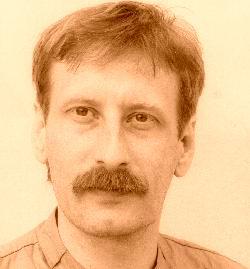
The CSÁRDÁS is the TANGO
Both dances allow a glimpse into the soul of people of a Nation: the Csárdás shows the temperament of Hungarians and Slovaks, the Tango embodies the spirit of Argentineans. These dances may be symbolized as the agents for national cultural identity.
The man and woman mostly hold and embrace each other in close proximity, often in a romantic way.
The Csárdás and the Tango are both rooted in folklore and have exciting regional variants.
Both dances emerged as fashionable entertainment, reaching fad proportions at their height of popularity.
There are slow and fast versions for these dances. The role of the male is clearly defined to be the leader in both dances, the female’s role is to follow her partner instinctively.
In both dances, the style of a good male dancer is dynamic and masculine, while the woman shines with her femininity.
Both dances show and demand great individuality.
Although these dances have been danced for many decades, they are always fresh and they continue to develop due to their highly improvisational nature.
About Csárdás
Two hundred years ago a new dance fashion took Central Europe by storm. Csárdás! -The Tango of the East. In the midst of innumerable gentle court dances for the nobility came a dance for the people, accompanied by fiery gypsy music. Never was there a dance so majestic and graceful, yet so robust and dynamic.
Join the dancers and musicians of Zoltán Zsuráfszki’s Budapest Ensemble in an extravaganza celebrating the most exciting folkloric developments from Central Europe.
Marvel at the dancing that is adored not only by the Hungarians and Slovaks, but also adapted by the Romanians, Poles, Croatians and, of course, the Gypsies. Enjoy the beatiful and engaging music that inspired so many great composers.
Experience the wide range of emotions and visual spectacle that is Csárdás!-The Tango of the East.






